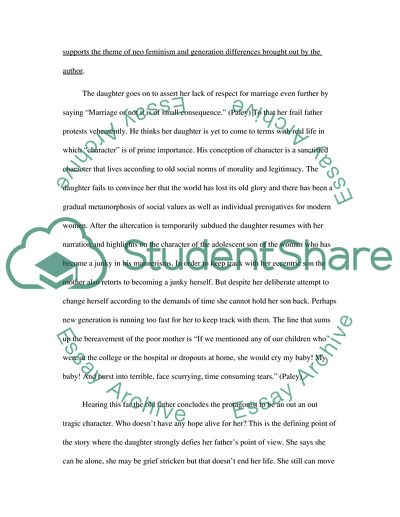Cite this document
(Conversation with My Father by Grace Paley Research Paper, n.d.)
Conversation with My Father by Grace Paley Research Paper. Retrieved from https://studentshare.org/literature/1724429-conversation-with-my-father
Conversation with My Father by Grace Paley Research Paper. Retrieved from https://studentshare.org/literature/1724429-conversation-with-my-father
(Conversation With My Father by Grace Paley Research Paper)
Conversation With My Father by Grace Paley Research Paper. https://studentshare.org/literature/1724429-conversation-with-my-father.
Conversation With My Father by Grace Paley Research Paper. https://studentshare.org/literature/1724429-conversation-with-my-father.
“Conversation With My Father by Grace Paley Research Paper”, n.d. https://studentshare.org/literature/1724429-conversation-with-my-father.


